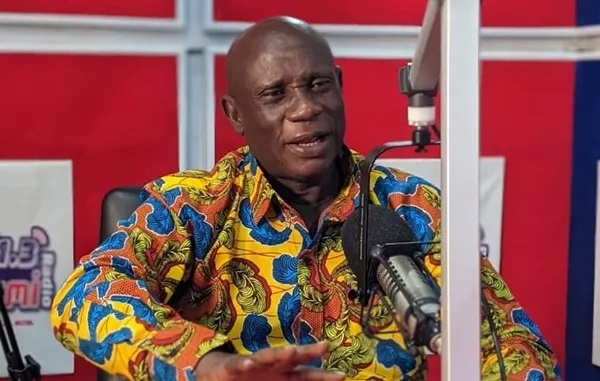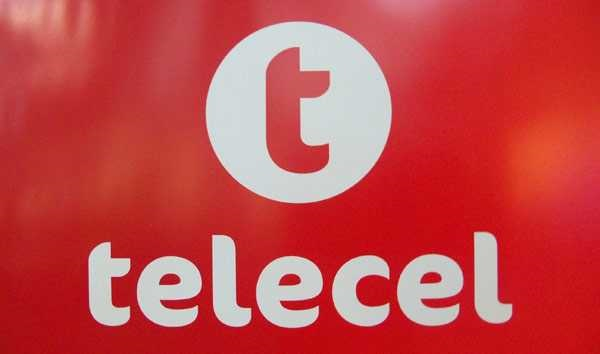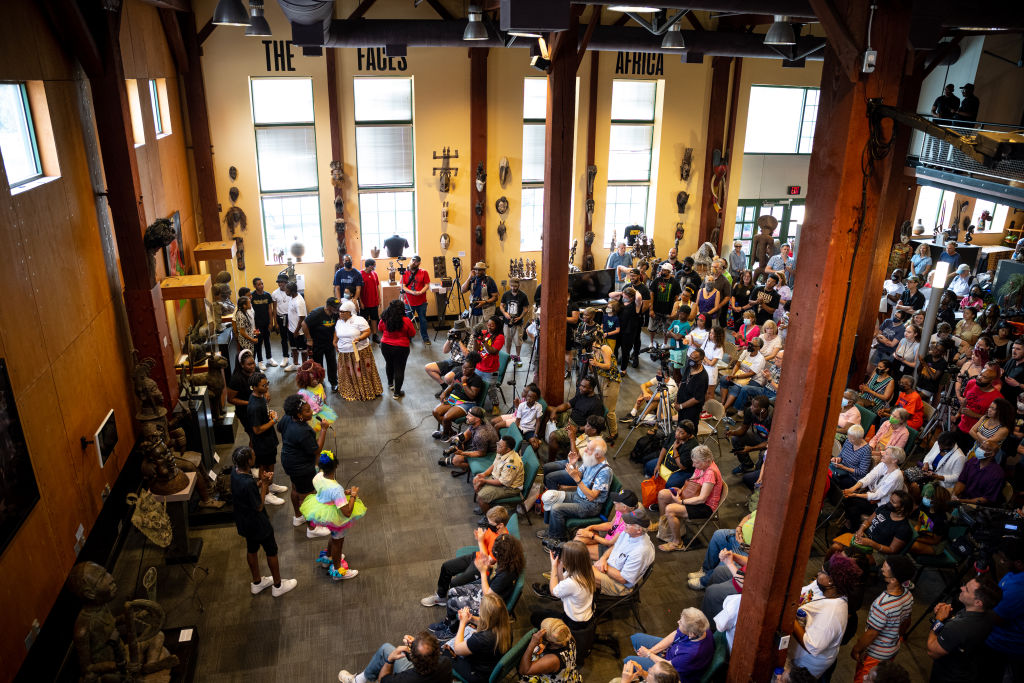Commemorating, Celebrating, and Learning from Juneteenth
“The historical legacy of Juneteenth shows the value of never giving up hope in uncertain times.” – National Museum of African American History and Culture
Juneteenth commemorates and celebrates the ending of slavery in the United States. It originated in Galveston, Texas on June 19,1865 with the following announcement:
“The people of Texas are informed that in accordance with a Proclamation from the Executive of the United States, all slaves are free. This involves an absolute equality of rights and rights of property between former masters and slaves, and the connection heretofore existing between them becomes that between employer and hired laborer.”
– General Gordon Granger, June 19th 1865 in Galveston, Texas
This event took place nearly two years after President Abraham Lincoln signed the Emancipation Proclamation directing the emancipation of enslaved Africans in America. Yet slavery continued until the civil war ended. On that day in Galveston Bay, Texas, more than 250,000 African Americans were given federal and community protection of their rights to self-determination, citizenship, democracy and freedom.
Juneteenth reminds us that policy is only part of the bigger picture of social change. It’s a critical part of a much larger strategy that must consider how people’s awareness, beliefs and actions can be influenced for positive social change to occur.
Liberty means that each human has the right to choose where and how they live, where and how they work, where and how they love and raise their families, and where and how they worship and believe. Married to those rights of liberty are the responsibilities we share as citizens to care for one another, to protect each other, to work to create justice, to empathize and hold space for those who are different than us or disagree with our views, to educate ourselves on the issues that affect us all, to vote with ethics and careful consideration, to find ways to contribute to the health and well-being of our communities, nation and world, and strive to do no harm. We cannot take these liberties for granted. Teaching our children what it means to be a democratic citizen is key to raising a generation who will preserve our liberties.
Because it is not the season for our children and teens to be in school, they may miss this critical part of our American history. It’s vital (not a nice-to-have) that our children understand the full American story. We hope you’ll celebrate this historic event. Then, we also hope you’ll take a moment today or in the following weeks to check out a children’s book and learn together as a family about this event that shaped our nation.

by Floyd Cooper
This story features Mazie, who at first isn’t eager to celebrate. However, her dad tells her how her great, great Grandpa learned of his freedom on one faithful June summer day. After learning about her ancestors’ legacy, Mazie is finally ready for Juneteenth.

by Natasha Triplett with Illustrator Daniel O’Brien
Family and community have always been the backbone of Juneteenth celebrations. “Juneteenth Is” focuses on the joy of gathering, honoring the fight for Black liberation, and supporting Black history as American history. Either read aloud or independently, children and parents alike can use this text to fuel important conversations.

by Alliah L. Agostini with Illustrator Sawyer Cloud
Told as a story within a story, this book follows a young girl as she learns about the history of Juneteenth. With Cloud’s vibrant illustrations of the present and past, Agostini brings historical facts to an easy-to-read journey. Based on the author’s rich family Juneteenth legacy, this book shows how oral storytelling also serves as cultural memory.

by Alisha Norwood, PhD. With Illustrator Sawyer Cloud
This introduction to the history of Juneteenth is best for early elementary readers. It contains quite a few thought-provoking questions that engage students with history and its implications in today’s world. Alongside the history and detailed timelines, readers can even take a quiz to test their knowledge!

By Kristi Jewel with Illustrator Manuel Gutierrez
Another title in the Who HQ series, What is Juneteenth?, shares the holiday’s history with stories from nationwide Juneteenth celebrations past and present. This book is a great nonfiction reader for children who are reading on their own.
References
National museum of African American History and Culture. Retrieved on 6.18.25 at https://nmaahc.si.edu/explore/moments/juneteenth
Juneteenth Website Retrieved on 6.18.25 at https://www.juneteenth.com/










